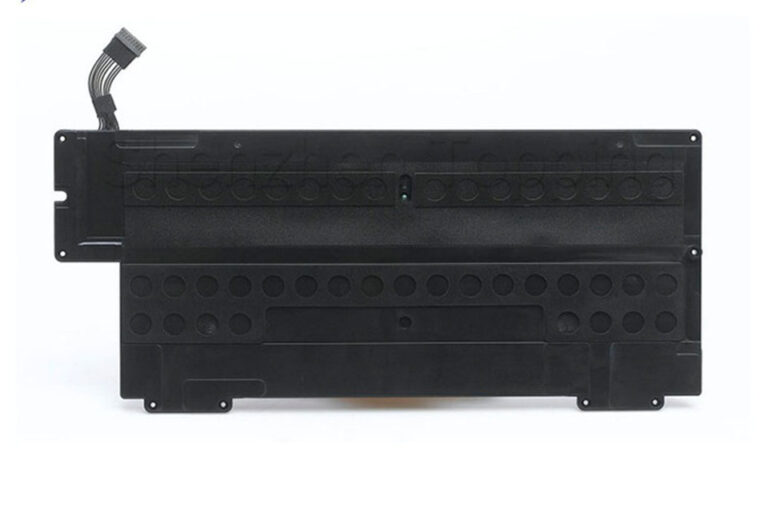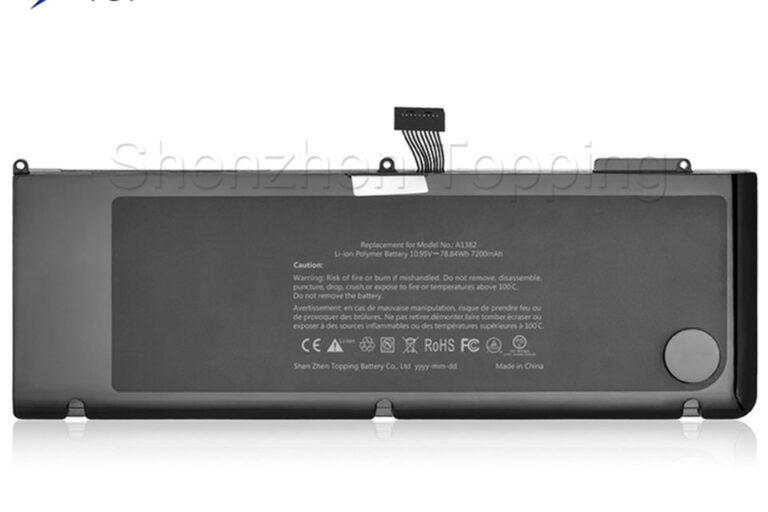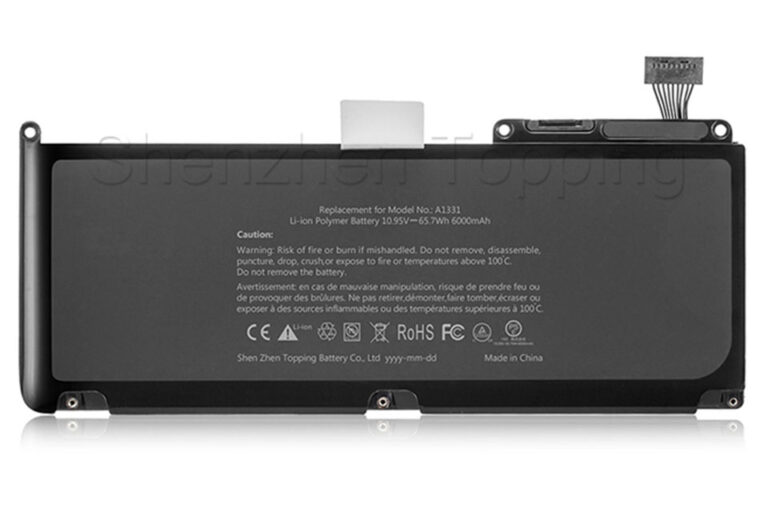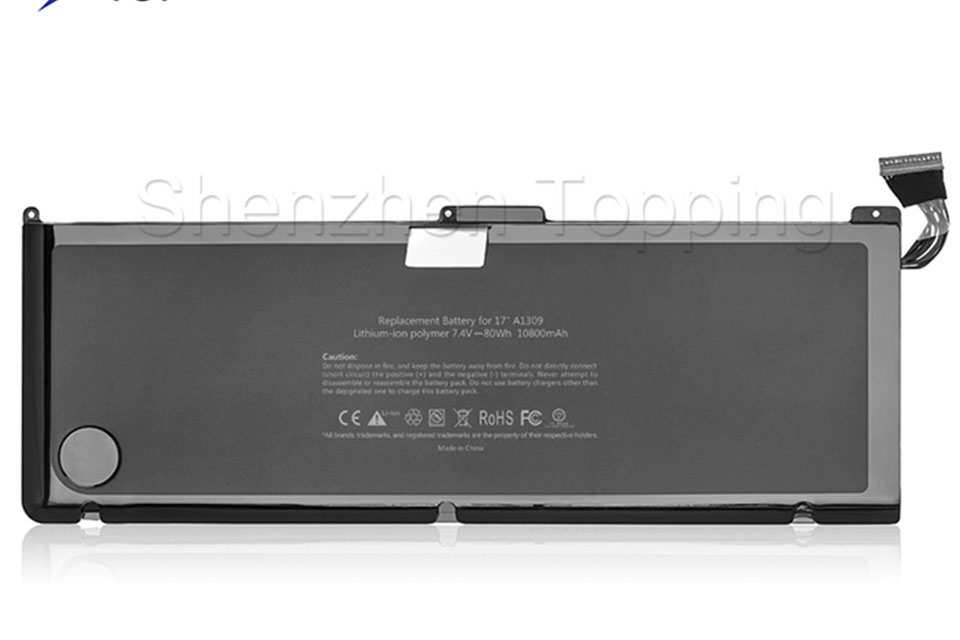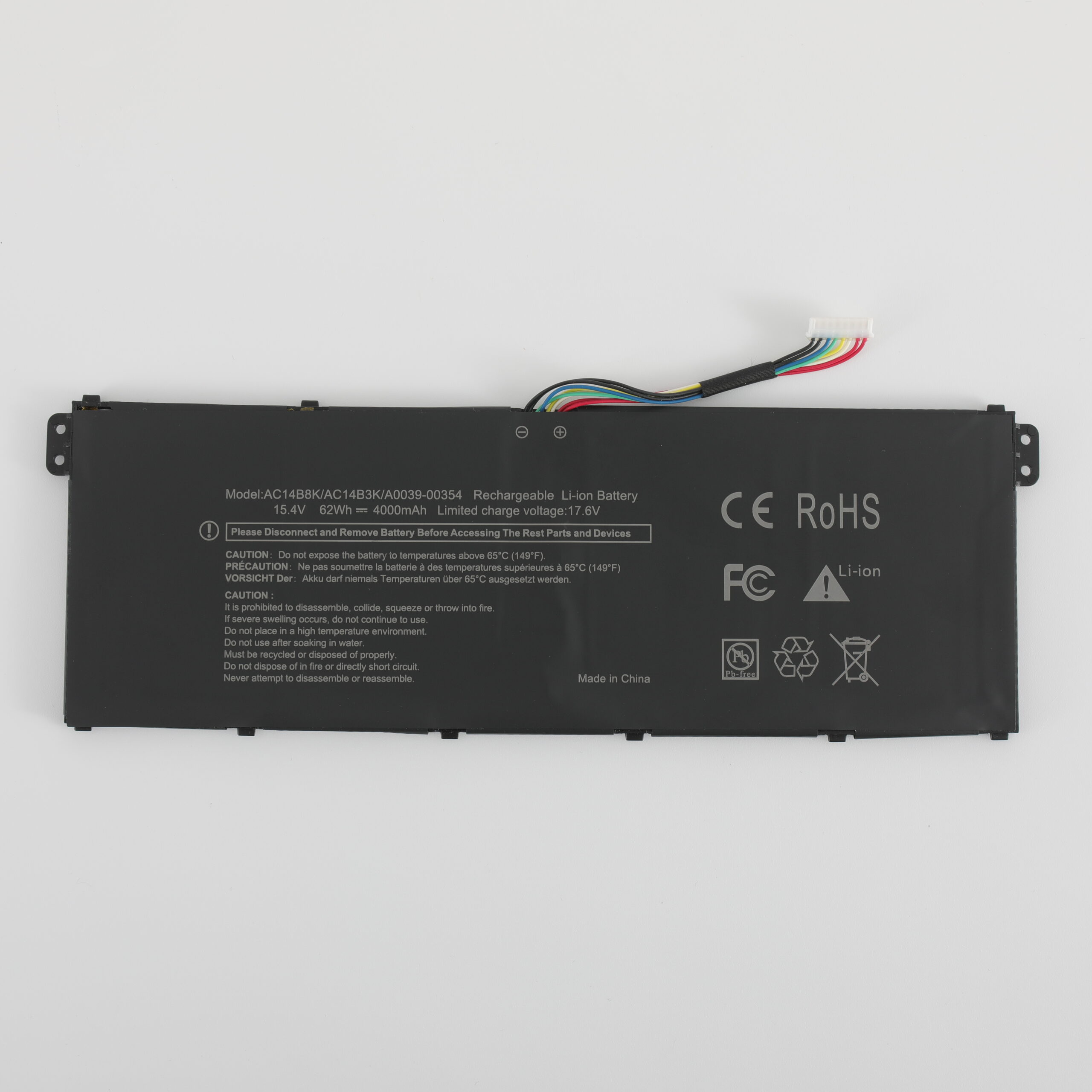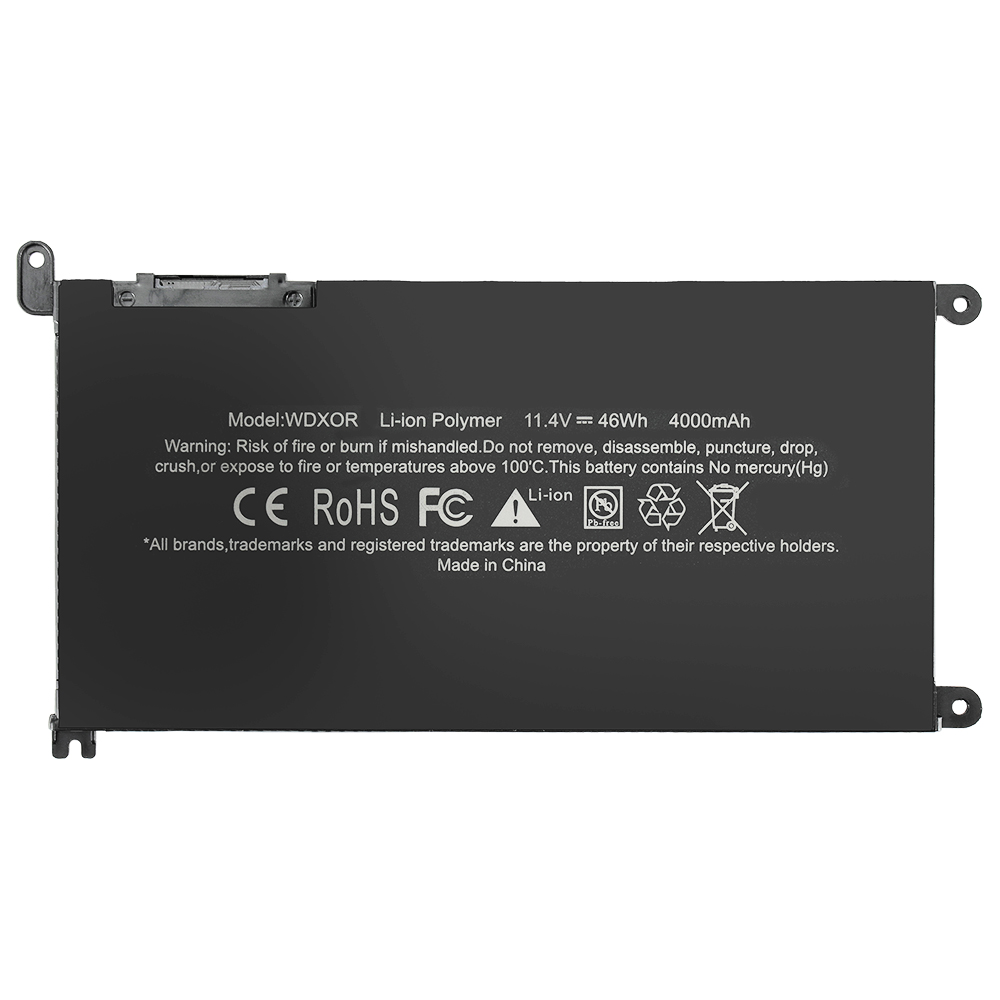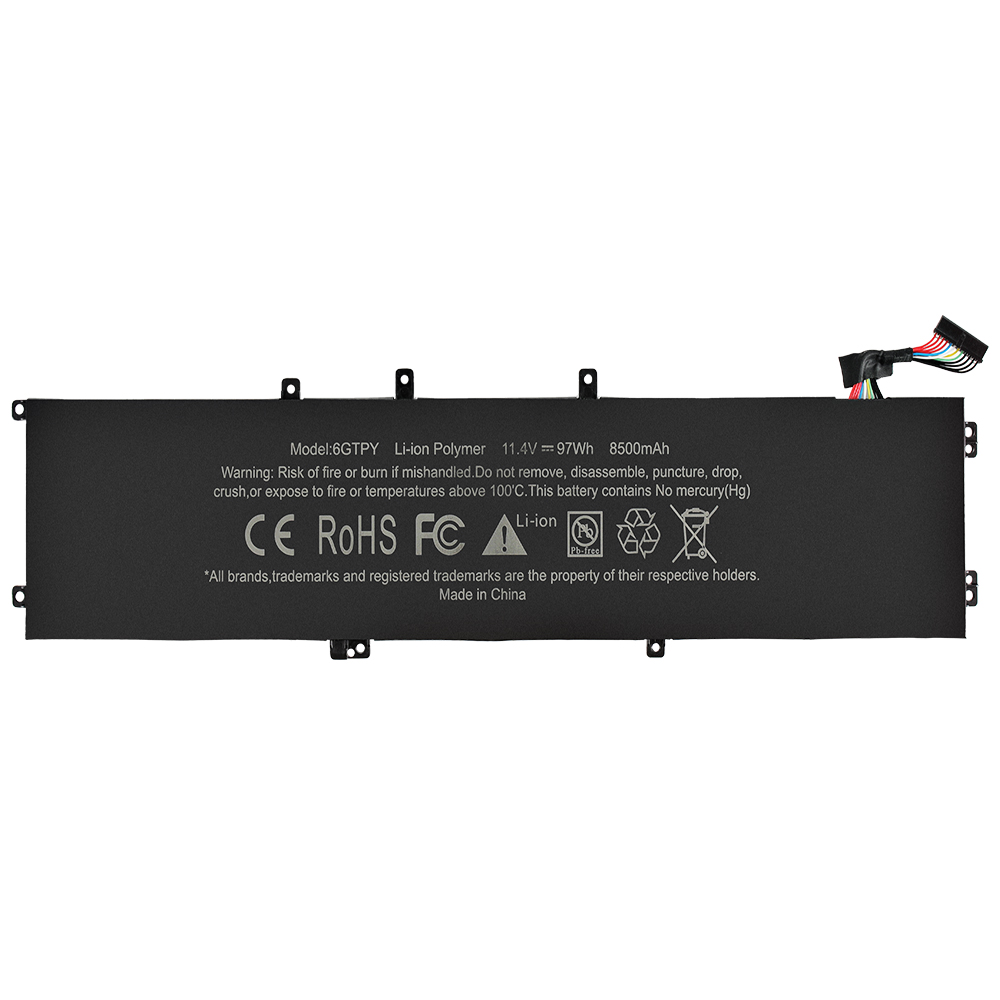-
Longshan 5th Rd, Xingsheng County,Longgang Street, Shenzhen
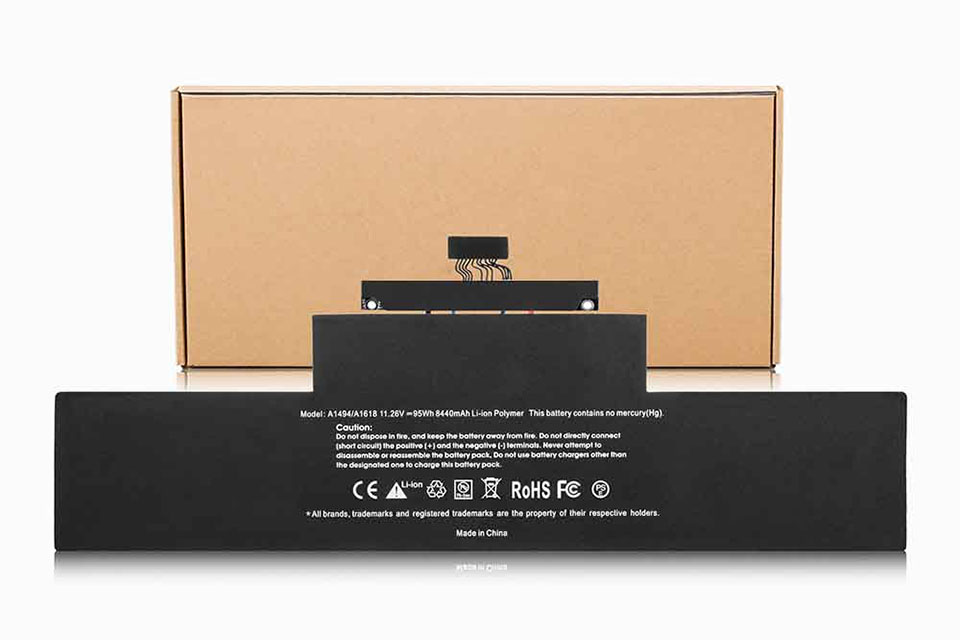
Is laptop battery calibration necessary?
When your laptop computer claims 30% cost and unexpectedly closes down, you might ask yourself, “Is laptop computer battery calibration required?” Allow’s check out why and when you could require to adjust your laptop computer battery. I will certainly make use of easy words so everybody can recognize.
Table of Contents
What Is Laptop Computer Battery Calibration?
Laptop computer battery calibration is a procedure to repair battery issues. In some cases your laptop computer’s battery meter isn’t right. It reveals incorrect battery degrees. Calibration aids make it right once again It implies you allow the battery pass away entirely. After that, you bill it totally so the computer system can see the right battery degree.
Battery calibration was very important in old tools. They utilized nickel-based batteries. Today, a lot of laptop computers make use of lithium-ion batteries. These batteries do not have the exact same issues. They have wise battery administration systems. These systems aid maintain battery degrees right instantly
Is Calibration Necessary? Modern vs. Older Batteries
Calibration is not required for brand-new laptop computers Old laptop computers could require it. Below are factors for and versus calibration:
Factors to adjust:
- In some cases, laptop computers closed down with battery left. Calibration might repair these issues.
- If you change the battery with an aftermarket one, adjust it to sync.
Factors not to adjust:
- Newer laptop computers have much better battery administration They manage battery modifications on their own.
- Regular calibration can harm battery life. Complete discharges make batteries break quicker.
Table: Should a Laptop Computer Battery be Adjusted?
| Secret Searchings For | Importance to Calibration |
|---|---|
| Modern Li-ion batteries do not have “memory impact,” decreasing calibration need. Regular laptop computer runtime is ~ 90 mins (less than customer assumptions). | Calibration does not expand life expectancy however might boost runtime precision. |
| Older laptop computers (pre-2015) gain from calibration to stop unexpected closures. Deep discharges (0% cycles) speed up deterioration by ~ 25% over 500 cycles. | Adjust just if cost analyses are imprecise. |
| Altering includes complete discharge till the laptop computer hibernates (books ~ 3% power). Aftermarket batteries typically need calibration to sync with BMS. | Usage calibration moderately: ~ 1– 2 times annual if problems occur. |
Laptop Computer Battery Calibration: Required or otherwise?
Modern Laptops (Li-ion)
Typically, ** calibration is NOT called for ** for regular upkeep. Smart Battery Monitoring Solution (BMS) manage precision.
When to Consider It
Just adjust if you see ** imprecise percent analyses ** or ** unexpected closures ** regardless of revealing cost. Do it perhaps 1-2 times a year * if required *.
The Threat: Deep Discharge
Calibration includes complete 0% discharge, which ** increases battery use ** substantially contrasted to maintaining it partly billed.
Much Better Practice: Partial Billing
Maintaining your battery cost in between ** 20% and 80% ** is confirmed to optimize its life expectancy and general cycle matter.
Secret Takeaway: For a lot of individuals, routine calibration is unneeded and possibly unsafe. Focus on wise billing routines (20-80%) for longer battery life. Adjust just as a last resource for precision problems.
Threats of Calibration
Calibration isn’t constantly secure Below are threats:
- Deep discharges: These create batteries to harm quicker.
- Warm stress and anxiety: Billing and releasing develops warmth. Way too much warmth misbehaves for battery life.
- Will not repair equipment issues: If a battery is passing away, calibration will not aid. It just solutions software application analyses.
Much Better Alternatives to Regular Calibration
There are more secure means to maintain your battery healthy and balanced:
- Stay Clear Of Complete Discharges: Maintaining cost in between 20-80% aids batteries last much longer.
- Mitigate Warm: Usage laptop computers on level surface areas. Stay clear of utilizing them in warm locations.
- Software Program Devices:
- Usage apps to keep track of battery wellness. Devices like BatteryCare can aid take care of partial discharge .
- Battery examinations can be located in laptop assistance devices.
- Maintain Billing Wisely: Connect the laptop computer in prior to the battery drains pipes entirely.
For even more suggestions on battery treatment, you can review the relevance of OEM calibration recommendations or check out adaptive charging algorithms
When to Adjust (Repairing Overview)
Calibration is a troubleshooting device Below is when it is required:
- Do It If:
- Laptop computer closes down unexpectedly with battery left.
- Battery portions are stuck (Instance: Stuck at 70%).
- After changing the battery with a brand-new one.
- Stay Clear Of If:
- Battery really feels hot/swollen.
- Laptop computer seldom utilized.
As an example, adjusting a battery replacement properly makes sure much better precision in power analyses.
Step-by-Step Calibration Overview (If Required)
Comply with these very easy actions to adjust your battery:
- Cost to 100%.
- Discharge it totally. Usage till the laptop computer closes down.
- Essential Action: Transform the laptop computer on once again. Drain pipes book (~ 3% battery ability).
- Recharge to 100% without disturbance.

Verdict
Calibration is typically viewed as an old service for brand-new laptop computers. Yet right here are some ideas:
- Usage calibration just when required Discover various other means to take care of your battery initially.
- Do deficient regular. It’s handy just as a device for dealing with battery meter issues
- While staying clear of complete discharge cycles, focus on secure billing methods.
Discover laptop computer battery cycle Count definitions to much better recognize these upkeep information or locate factory calibrated batteries based upon your laptop computer design.
Secret Insights & & Information:
- Calibration is not required for modern-day lithium-ion batteries.
- Organizations make use of routine calibration regardless of threats for dependability.
- Regular complete discharges can break down laptop computers quicker ( approximately 25% over 500 cycles).


